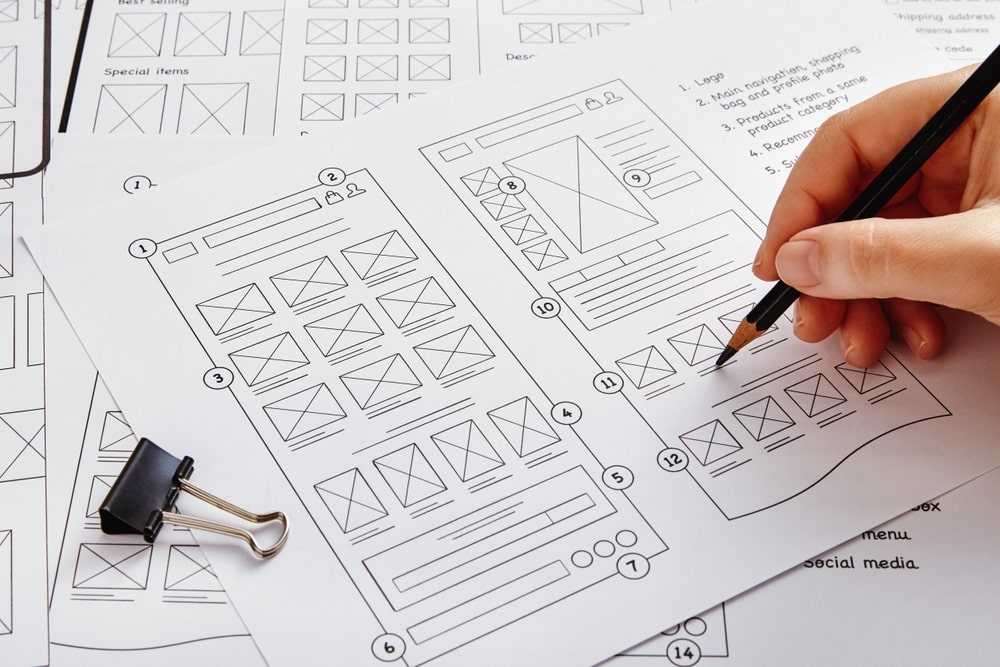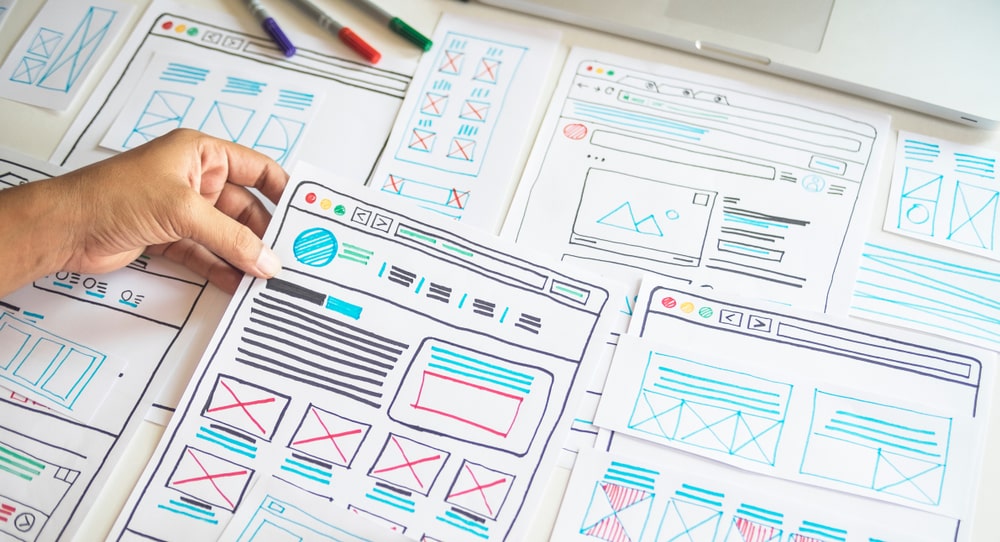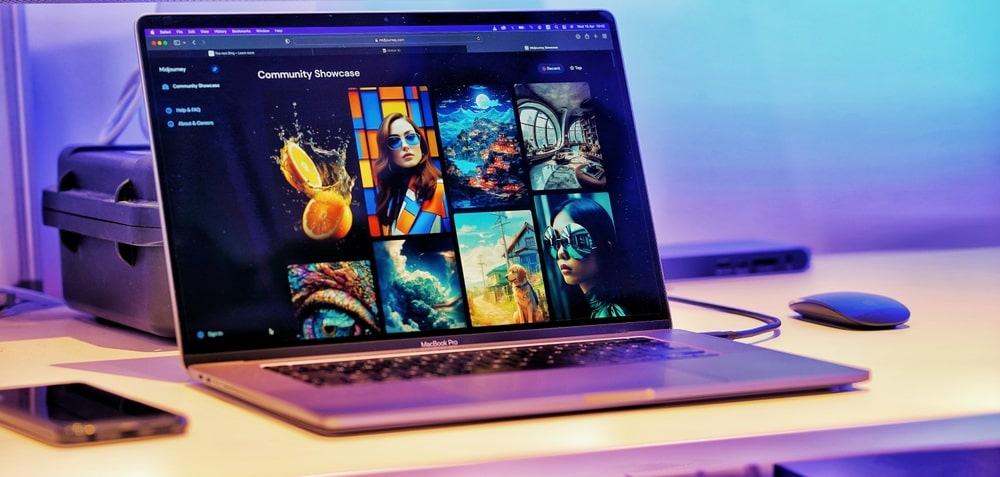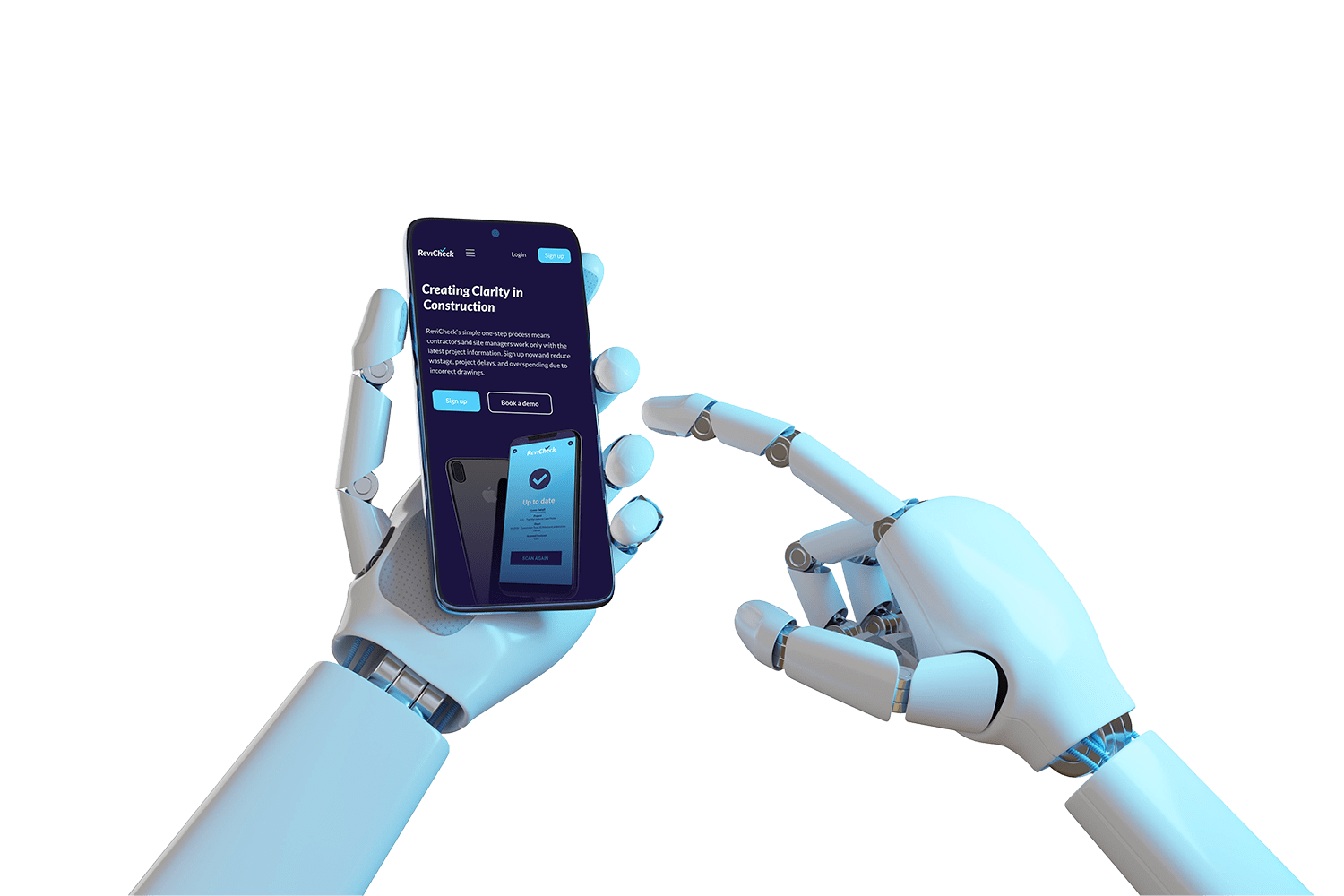User experience (UX) design has always been crucial in shaping how users interact with websites, apps, and digital platforms. As technology advances, AI for UX design is becoming a transformative tool for designers, streamlining the process, providing valuable insights, and enabling personalised experiences. By 2025, AI tools are expected to significantly enhance the UX design process, helping designers create more intuitive and engaging user experiences.
In this article, we explore how AI for UX design is reshaping the industry, its benefits, and how businesses can use it to improve their digital products.
What is UX Design?
UX design is the process of improving user satisfaction by enhancing the usability, accessibility, and overall experience of a product. UX designers aim to create products that are easy to use, aesthetically pleasing, and efficient in meeting user needs. Traditionally, UX design involved extensive research, wireframing, prototyping, and testing. However, with the rise of AI for UX design, these processes are becoming faster, more data-driven, and automated.

How AI for UX Design is Changing the Industry
AI for UX design is helping designers work smarter, not harder. AI tools can take over repetitive tasks, generate insights, and predict user behaviour, giving designers more time to focus on creativity and high-level decision-making. Here are some ways AI is changing UX design:
1. Personalisation at Scale
One of the most powerful uses of AI for UX design is personalisation. AI can analyse large sets of user data to create customised experiences for individual users. This allows designers to optimise content, layouts, and even product recommendations based on user behaviour and preferences. For instance, AI-driven recommendation engines can suggest products, services, or content that best match a user’s interests. This leads to more meaningful interactions, improved engagement, and higher conversion rates.
2. Predictive Analytics for Better User Experience
AI for UX design provides predictive analytics that can help designers anticipate user actions and improve the design in advance. By analysing patterns from user data, AI can predict where users may encounter issues or abandon tasks, enabling designers to optimise the design before users experience frustration. Predictive analytics also help designers refine site layouts, user flows, and content placements to increase usability and reduce friction points.
For example, AI tools like heatmaps can track user interactions on a website and reveal which areas are most frequently clicked or ignored. This insight allows designers to fine-tune their designs to ensure the most important elements are highlighted and easily accessible.
3. Automating Prototyping and Wireframing
Creating prototypes and wireframes is an essential part of UX design, but it’s a time-consuming task that requires attention to detail. AI for UX design can automate this process, generating wireframes based on simple input from the designer. Tools like Uizard use AI to instantly transform hand-drawn sketches into digital wireframes or prototypes.
These AI-powered tools can save designers hours of work, allowing them to focus on refining and iterating the design rather than spending time creating initial drafts. Additionally, AI tools suggest design elements based on industry best practices, which helps create intuitive and user-friendly layouts.

4. AI for User Testing
User testing is a critical step in the UX design process, as it provides valuable insights into how real users interact with a product. Traditionally, user testing involved observing participants and gathering feedback. With AI for UX design, user testing has become faster and more efficient.
AI tools can simulate user behaviour, allowing designers to test their designs before conducting tests with real users. These tools can track user actions, detect pain points, and even predict how users will respond to different design elements. AI can also generate multiple A/B test variations and automatically determine which one performs best. This enables designers to refine their designs based on data-driven insights rather than subjective opinions.
5. Chatbots and Virtual Assistants
Integrating AI-powered chatbots into a website or app is becoming a popular way to improve UX design. AI chatbots can provide instant customer support, guide users through processes, and deliver personalised recommendations based on user interactions.
For UX designers, adding chatbots to their designs creates a more interactive and responsive user experience. AI chatbots can help users find information quickly without needing to search through multiple pages or menus. These bots use natural language processing (NLP) to understand and respond to user queries, making the interaction feel more human and less robotic.
6. Voice User Interfaces (VUI)
Voice user interfaces are increasingly popular as voice assistants like Siri, Alexa, and Google Assistant become more integrated into everyday life. AI for UX design is at the core of developing voice interactions, allowing designers to create voice-based commands that work seamlessly with websites and apps.
For example, UX designers now need to consider how users will interact with their digital products through voice commands. This means designing conversational flows that are easy for users to navigate while also ensuring that the voice interactions provide valuable functionality. AI plays a crucial role in understanding voice commands, processing them, and delivering appropriate responses.

Benefits of AI for UX Design
AI for UX design offers numerous advantages for both designers and businesses. Some of the key benefits include:
- Increased Efficiency: AI tools automate tasks like prototyping, wireframing, and user testing, allowing designers to spend more time on creative and strategic aspects of design.
- Data-Driven Decisions: AI provides valuable insights into user behaviour, helping designers make more informed decisions that lead to better outcomes.
- Personalisation: AI enables highly personalised user experiences by tailoring content, design, and recommendations to individual preferences.
- Continuous Improvement: With AI-driven testing and optimisation, designers can continuously refine their designs to ensure they are meeting user needs.
- Cost Savings: AI reduces the need for manual work, speeding up the design process and reducing costs associated with traditional UX design methods.
Challenges and Limitations of AI for UX Design
While AI for UX design offers many advantages, there are some challenges to consider:
- Lack of Human Creativity: While AI can generate ideas, it still lacks the creativity and intuition that human designers bring to the table. Designers must still play a key role in ensuring the design is innovative and user-centric.
- Data Dependency: AI tools rely heavily on data, and the quality of the data used can affect the accuracy of AI predictions. Poor or biased data may lead to inaccurate insights.
- Integration Complexity: Some AI tools may be difficult to integrate into existing design workflows or platforms, requiring additional technical expertise.
The Future of AI for UX Design
Looking ahead, AI for UX design will continue to evolve, becoming more intuitive and capable of handling increasingly complex tasks. As AI tools become more sophisticated, they will provide even deeper insights into user needs, enabling designers to create hyper-personalised and seamless experiences.

AI will also become a more integrated part of the design workflow, assisting designers at every stage of the process—from ideation to testing to final implementation. As a result, businesses will be able to deliver more innovative, efficient, and user-friendly digital products.
Conclusion
AI for UX design is transforming the way designers approach their work, offering tools that automate time-consuming tasks, provide actionable insights, and create personalised experiences for users. By incorporating AI into the design process, businesses can improve user satisfaction, increase conversions, and stay ahead of the competition in 2025 and beyond.
As AI continues to advance, it will reshape the future of UX design, enabling designers to deliver even more intuitive, data-driven, and seamless user experiences.




